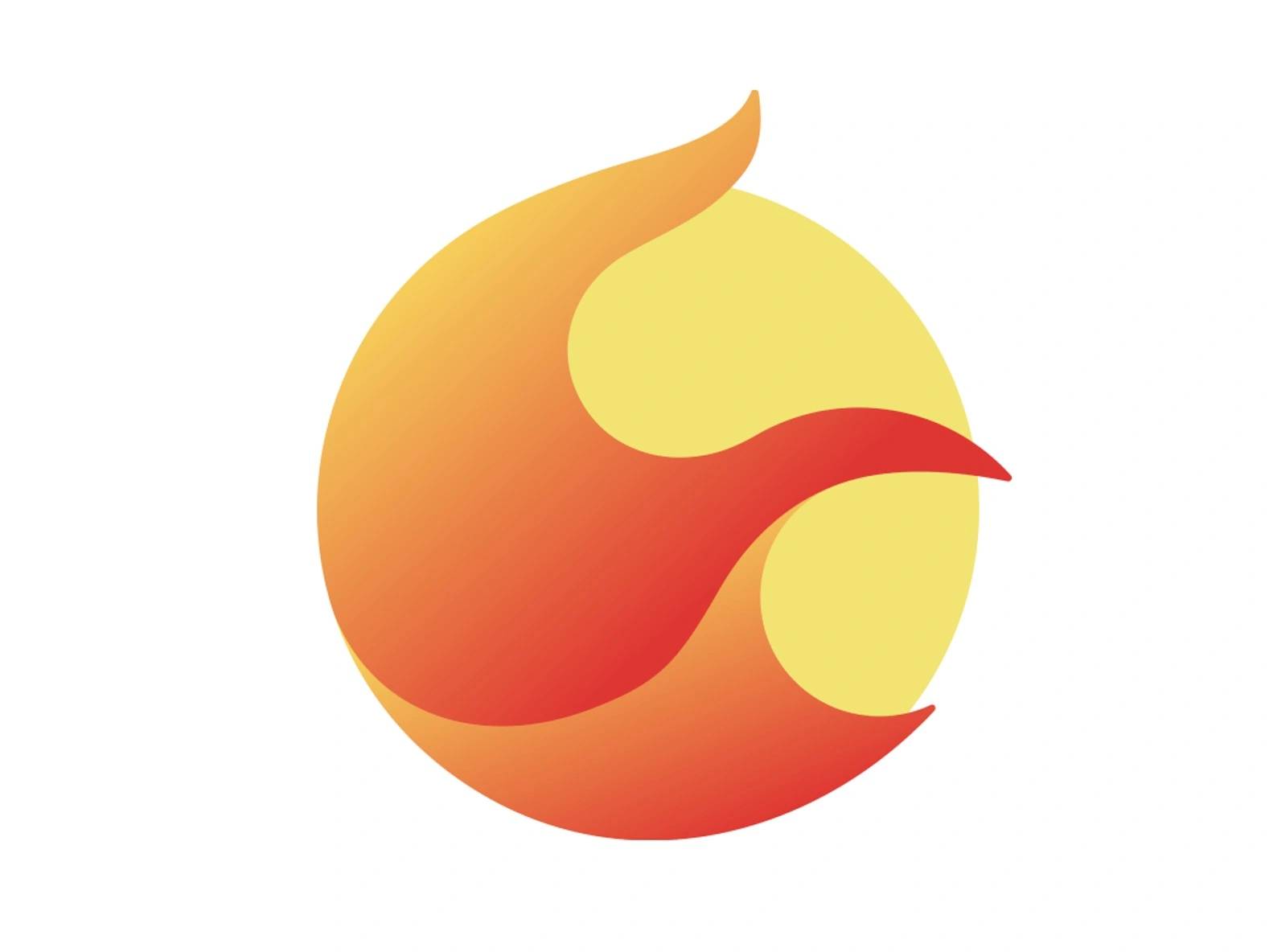위키 구독하기
Share wiki
Bookmark
Terra LUNA
Terra LUNA
**테라(LUNA)**는 테라 프로토콜의 네이티브 스테이킹 토큰입니다. 루나는 거버넌스 및 채굴에 사용됩니다. 사용자는 거래 수수료에 대한 보상과 교환으로 블록체인](https://iq.wiki/wiki/blockchain)에서 거래를 기록하고 검증하는 검증자에게 LUNA를 스테이킹합니다. [2]
이전 버전인 LUNA 클래식(LUNC)의 붕괴 이후 2022년 5월에 LUNA 토큰이 재출시되었습니다. [7][8]
루나(LUNC) 암호화폐 폭락
초기에는 **테라USD(UST)**와 LUNA가 테라 블록체인에서 실행되는 자매 코인으로 생성되었습니다. UST 코인은 LUNA에 의해 가치가 뒷받침되는 알고리즘 스테이블코인이었습니다. [3]
2022년 5월 7일, 테라 네트워크의 알고리즘 스테이블코인인 테라USD(UST)의 가격이 20억 달러 상당의 UST가 언스테이킹되고 청산되면서 0.91달러로 하락하여 가치가 1달러에서 감소했습니다. 이로 인해 트레이더들은 90센트 상당의 UST를 1달러 상당의 루나와 교환했습니다. 20억 달러 상당의 UST가 갑자기 언스테이킹된 이유는 알려지지 않았습니다. 많은 양의 UST가 덤핑된 후 스테이블코인은 디페깅되기 시작했습니다. [10]
투자자들은 스테이블코인이 페깅을 유지할 수 없게 되자 UST를 매도했습니다. 가격은 초기 디페깅 이후 주간에 30센트와 50센트 사이에서 등락하다가 결국 20센트 미만으로 꾸준히 하락했습니다. 5월 초 약 180억 달러였던 시가총액은 5월 말 7억 7000만 달러로 떨어졌습니다. [11]
이 사건으로 2022년 5월 12일 루나의 유통량이 3억 4500만 루나에서 34억 7000만 루나로 증가하여 결국 암호화폐 거래소에서 상장 폐지되어 무가치하게 되었습니다. [3]
루나 암호화폐 폭락: 그 여파
폭락 이후 바이낸스와 같은 여러 암호화폐 거래소에서 루나와 UST 페어링을 상장 폐지했습니다. 주말을 앞두고 거래 중단도 빈번했습니다. 6월 말 출시 예정이었던 루나 코인베이스 상장도 조용히 철회되었습니다. [10]
테라 루나의 CEO인 도 권은 루나에 대한 회복 계획을 발표했는데, 이는 전반적인 분위기에 일시적인 영향을 미쳤습니다. 루나는 잠시 4.46달러까지 상승했지만 다시 1달러 미만으로 떨어졌습니다. 그 이후 1센트 미만으로 폭락했습니다. 루나는 폭락 후 버려졌고, 테라는 새로운 체인과 새로운 코인인 **루나 2.0[8]**을 출시했습니다. 기존 루나는 테라 클래식으로 이름이 변경되어 LUNC로 알려지게 되었습니다. [9]
루나 2.0
2022년 5월 28일, 루나 암호화폐 폭락 이후 블록체인과 LUNA 암호화폐의 새로운 형태인 테라 2.0이 출시되었습니다. 원래 버전이 테라 클래식(LUNC)으로 이름이 변경된 새로운 형태의 LUNA는 보유자에게 에어드롭되었습니다. [4]
에어드롭 배포
루나 2.0 에어드롭의 주요 목적은 2022년 5월 7일 폭락 전에 원래 버전의 코인을 보유했던 사람들에게 보상하는 것이었습니다. LUNA 보상의 자격은 테라 클래식 체인에서 보유한 토큰의 종류, 토큰을 보유한 기간(공격 전 및 공격 후 스냅샷 기준), 보유한 토큰의 수를 기준으로 했습니다. [4]
첫 번째 에어드롭인 제네시스는 2022년 5월 27일에 이루어졌습니다. LUNA는 다음과 같은 배포에 따라 할당된 총 10억 개의 토큰을 공급합니다.
커뮤니티 풀 할당: 30%(3억)
- 스테이킹된 거버넌스에 의해 관리됩니다.
- 개발자를 위해 10% 배정.
공격 전 LUNA 보유자 에어드롭: 35%(3억 5000만)
- 본딩, 언본딩 및 스테이킹 파생상품 포함.
- 1만 루나 미만 지갑: 제네시스 시 30% 해제; 6개월 클리프 기간 후 2년에 걸쳐 70% 분배.
- 100만 루나 미만 지갑: 1년 클리프 기간, 그 후 2년 분배.
- 100만 루나 초과 지갑: 1년 클리프 기간, 그 후 4년 분배.
공격 전 UST 보유자 에어드롭: 10%(1억)
- 50만 고래 상한선 - 모든 보유자의 최대 99.7%를 포함하지만 aUST의 26.72%만 포함.
- 제네시스 시 30% 해제; 6개월 클리프 기간 후 2년에 걸쳐 70% 분배.
공격 후 LUNA 보유자 에어드롭: 10%(1억)
- 본딩, 언본딩 및 스테이킹 파생상품 포함.
- 제네시스 시 30% 해제; 6개월 클리프 기간 후 2년에 걸쳐 70% 분배.
공격 후 UST 보유자 에어드롭: 15%(1억 5000만)
토큰 경제학
LUNA 공급량이 10억 개를 초과하면 프로토콜은 공급량이 균형 수준으로 돌아올 때까지 LUNA 토큰을 소각하는 메커니즘을 시작합니다. 또한 프로토콜은 테라 스테이블코인 가격의 안정성을 유지하기 위해 알고리즘에 따라 새로운 LUNA 토큰을 발행합니다. [12]
LUNA는 2018년 8월 초기 투자자들을 위한 프라이빗 토큰 세일에서 처음으로 구매할 수 있었으며, 여기에는 바이낸스 및 OKX와 같은 주요 거래소가 포함되어 테라에 3200만 달러를 모금했습니다. [12]
세일을 위해 발행된 3억 8500만 LUNA 중 10%는 테라폼 랩스에, 20%는 직원 및 프로젝트 참여자에게, 20%는 테라 얼라이언스에, 20%는 가격 안정성 준비금에, 26%는 프로젝트 후원자에게, 4%는 제네시스 유동성에 배정되었습니다. [12]
LUNA 유틸리티
- LUNA는 스테이킹을 통해 테라 거래를 채굴하는 데 사용됩니다.
- 테라 스테이블코인의 가격 안정성을 유지하는 데 사용됩니다.
- 플랫폼의 블록체인 검증자에게 인센티브를 제공하는 데 사용됩니다.
- LUNA는 테라 기반 스테이블코인의 가격을 안정화하기 위한 담보로 사용됩니다. [2]
스테이킹
스테이킹은 스테이킹 보상과 교환으로 검증자에게 LUNA를 본딩하는 프로세스입니다.
테라 프로토콜은 상위 130개 검증자만 합의에 참여할 수 있도록 허용합니다. 검증자의 순위는 스테이크 또는 그들에게 본딩된 루나의 총액에 따라 결정됩니다. 검증자는 자신에게 루나를 본딩할 수 있지만, 주로 위임자로부터 더 큰 스테이크를 모읍니다. 스테이크가 더 큰 검증자는 새로운 블록을 제안하고 비례적으로 더 많은 보상을 얻을 가능성이 더 높습니다. [2]
루나의 단계
LUNA는 다음 세 가지 단계로 존재합니다.
- 언본딩: 자유롭게 거래할 수 있으며 검증자에게 스테이킹되지 않은 루나.
- 본딩: 검증자에게 스테이킹된 루나. 본딩된 루나는 스테이킹 보상이 발생합니다. 스테이션에서 검증자에게 본딩된 루나는 자유롭게 거래할 수 없습니다.
- 언본딩: 검증자로부터 언본딩되는 과정에 있으며 보상이 발생하지 않는 루나. 이 프로세스는 완료하는 데 21일이 걸립니다. [2]
잘못된 내용이 있나요?
